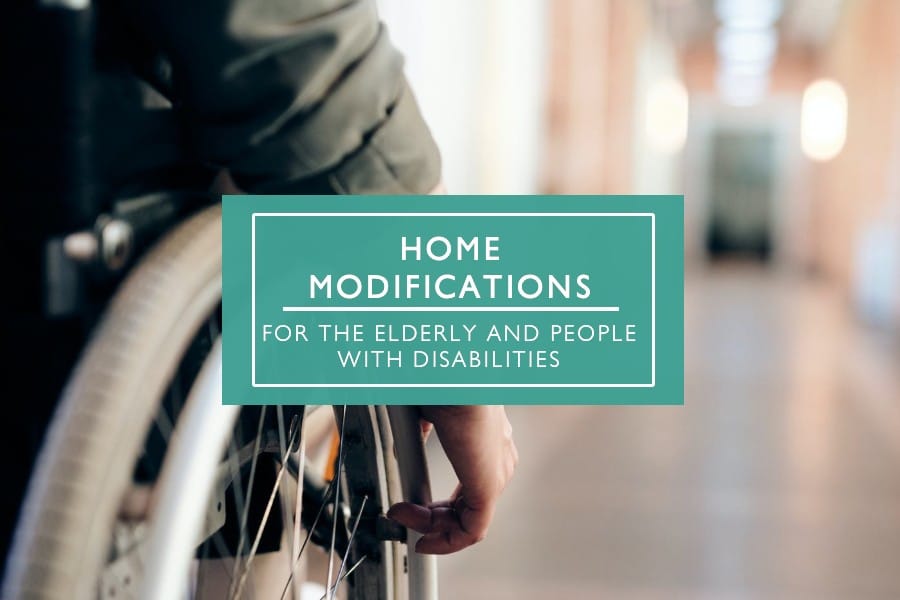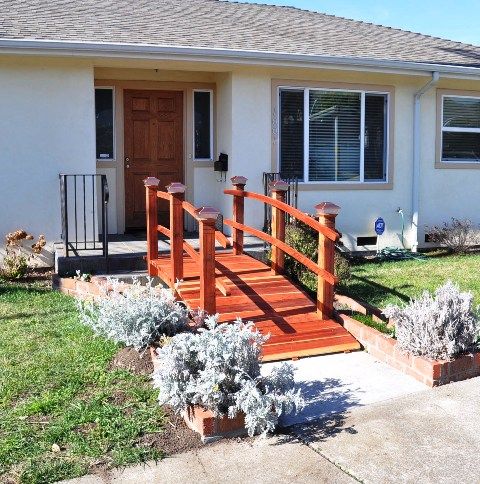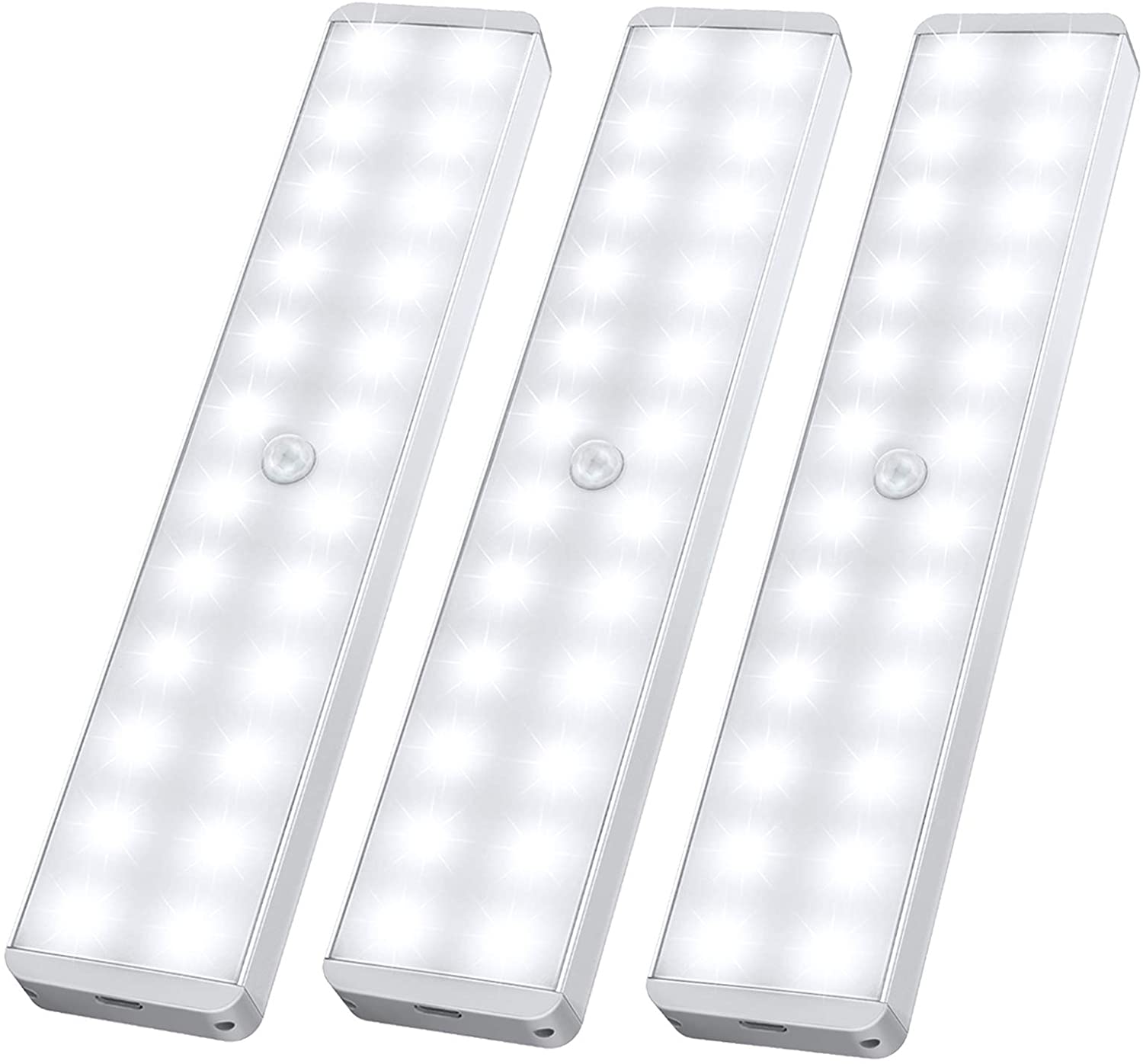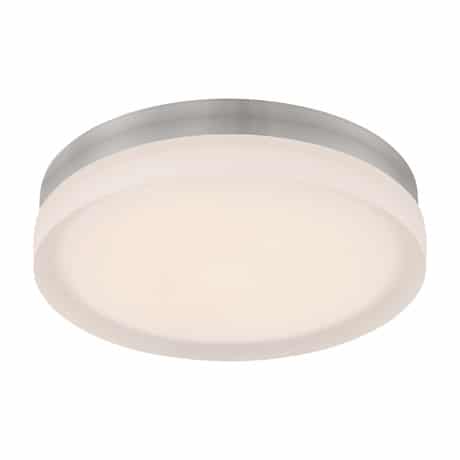9 HOURS OF RESEARCH
6 TOP PRODUCTS
16 EXPERTS CONSULTED
5 VARIANTS DISCUSSED
For many people, owning and maintaining a home is one of the most significant investments they can ever make in their life. However, with the elderly and those who live with disabilities, you may realize that many houses are not built to accommodate your needs. But what could go wrong in a place where you’re supposed to feel secure? A lot can, especially if you are a senior or disabled individual. Going through day-to-day activities can become an obstacle course, with simple things such as slippery floors or poor lighting installation putting your safety at risk.
For you to live in comfort, you must create a home that considers your unique situation. It is fortunate you live in a world that makes this possible. From simple and low-cost, to large-scale and luxurious, we gathered 5 recommendations from independent living experts that will help you modify your houses into spaces that are more accessible and comfortable for everyone.
Install a wheelchair ramp in your entryways
To improve accessibility at your house’s entrances, install wheelchair ramps. No ordinary ramp will do, as the wrong type can make it harder for people to control wheelchairs, leading to injury. These ramps need to be sturdy with high-traction surfaces to prevent slips and falls. You also need wider doorways and clearer spaces near the entrances to avoid creating barriers that will keep wheelchairs from getting through.
Even if you don’t use a wheelchair, these ramps are still a great home improvement. Entering your home is a lot less strenuous compared to having plain steps, a great plus for those that easily tire.
Although wheelchair ramps seem like an obvious home improvement, many people tend to not get these installed considering the costs. You can seek help from a professional to see if you can get a ramp within your budget. If permanent ramps are still too expensive, you can always go for the more affordable portable ramps.
Built-in Wheelchair Ramp
These are built into the structure, providing a less stressful way to enter & exit.
For long-term mobility impairment
Fixed in place, more permanent, and sturdier
May cost more depending on material
Will require construction work to install
Can be customized for your home
Portable Wheelchair Ramp
These can be placed on top of structures to offer access over surfaces and steps.
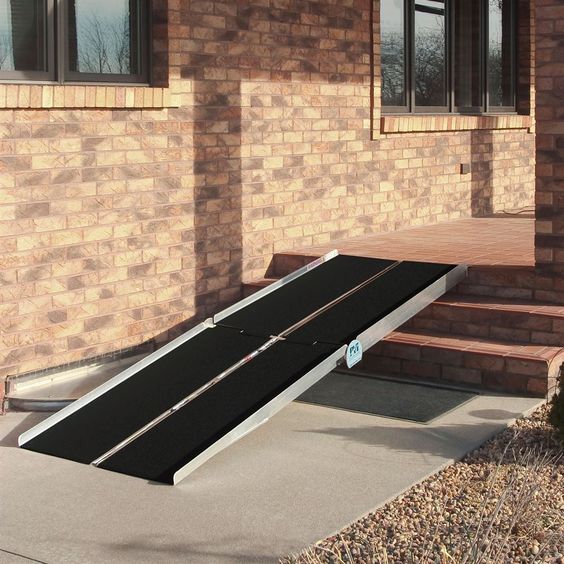
Source: Pinterest - Discount Ramps
For short-term needs
Lightweight, can be placed in different areas
More affordable
Requires set-up and take-down if you only have one ramp
Not suitable for powered chairs and scooters
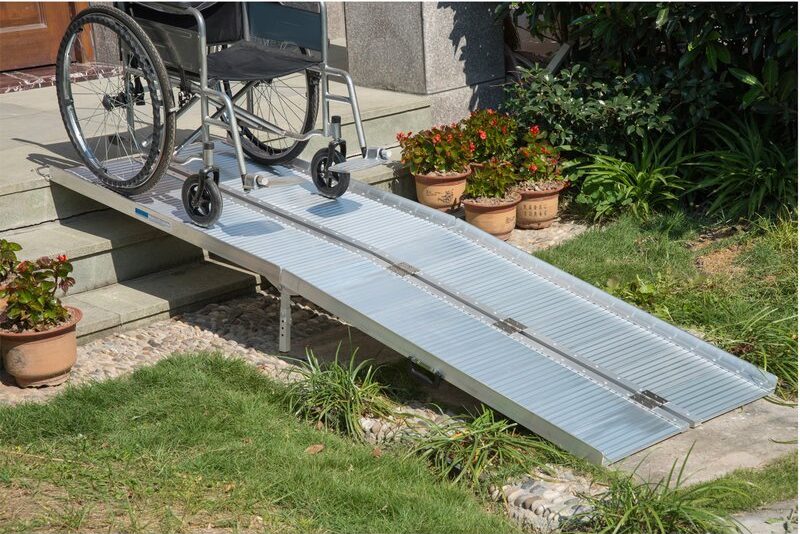
Source: Wayfair
Invest in smart technology for your home
Artificial intelligence, virtual reality, robotics, and other technologies have changed the game for independent living. You can install sensors to help you stay safe. Some devices can sense high temperatures to prevent house fires. Others can even detect and alert you on water leaks.
There are also smart devices that use voice control for simple tasks such as turning the lights and television on and off. You can use smart remotes to control systems that include the windows, locks, blinds, and more. With these innovations, you no longer have to get up from your sofa or bed.
Our Top Picks for Smart Speakers
#1
5/5
Amazon Echo Dot
Amazon's 3rd gen voice assistant might be small, but it packs a punch. It's easy to set up so you can control your smart home using the Alexa app. You get access to features intended for those with accessibility needs related to speech, mobility, hearing and vision. It costs only $50, too.
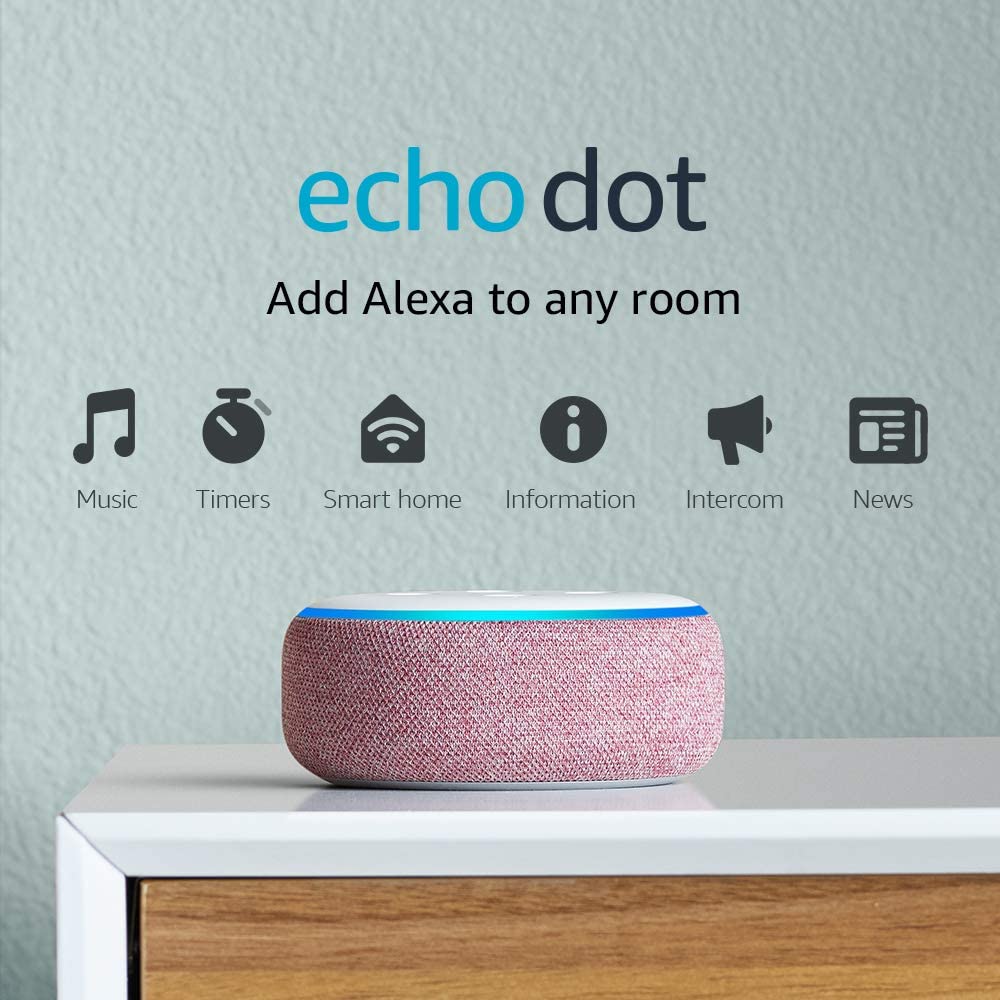
#2
4/5
Google Nest Mini
With a built-in Google Assistant, you can use the Google Nest Mini lets you control your smart home with your voice. It's low cost and comes with a great set of features. Although it has less features than Amazon smart speakers, the price makes up for it.
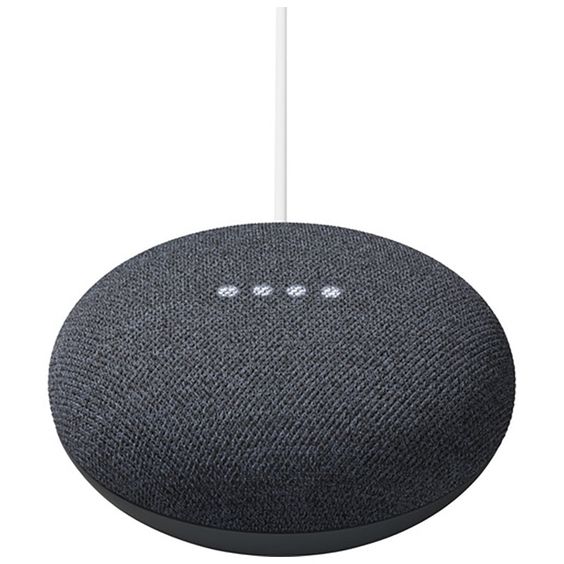
#3
3.5/5
Sonos One
If you can't decide between Google Assistant and Amazon, go for the Sonos One. You can use it with different voice assistants, giving you complete access throughout your entire home. It costs a lot more than the Echo, though, and setting it up can be very tedious.

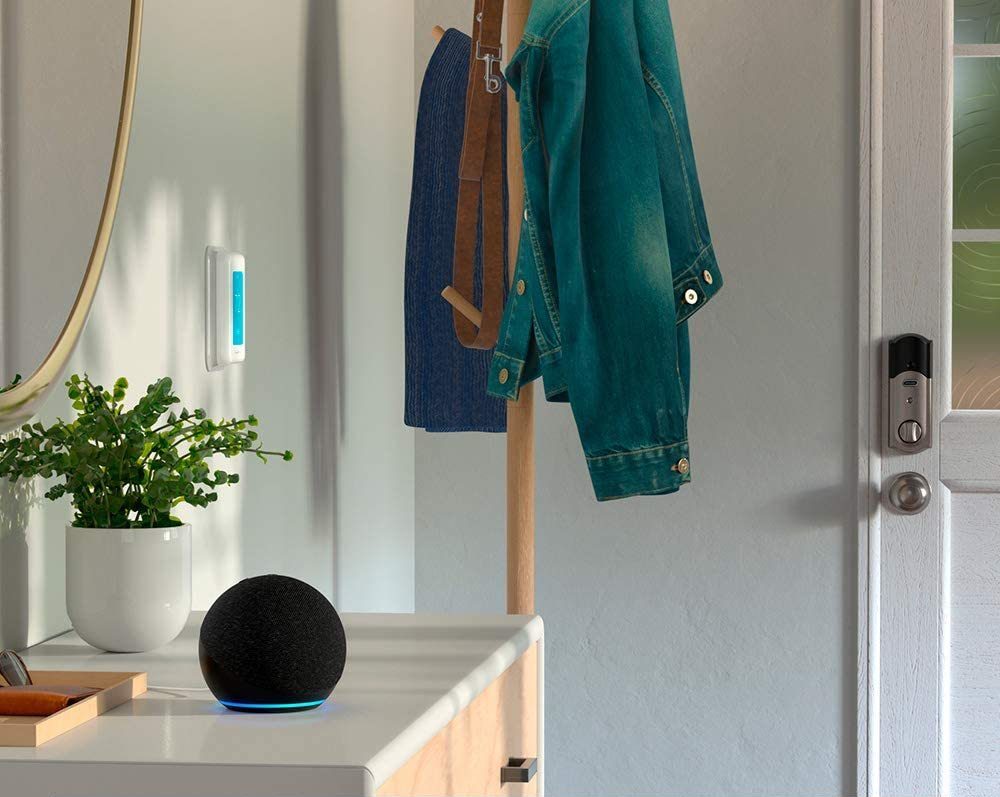
Source: Amazon
In addition, state-of-the-art technology can connect you with others. There is available tech that functions as emergency response systems, monitoring your activities and movements. In case anything is amiss, the system alerts your loved ones immediately.
Install a home security or home monitoring system
It is no joke that senior citizens are more prone to break-ins and robberies, simply because burglars believe they cannot handle it. Thus, investing in a home security system is not only wise. It is a must.
Professionals closely monitor these systems. If the system senses a problem, it will alert the monitoring company who will then contact the authorities. This way, you won’t have to worry about making the call yourself.
Our Top Picks for Home Security Systems
#1
5/5
SimpliSafe
SimpliSafe systems include motion sensors, smoke alarms, security cameras, and more. You can set it up so that your chosen mobile numbers receive alerts when certain devices are triggered. You can also get the premium monitoring service that dispatches emergency services on your behalf.
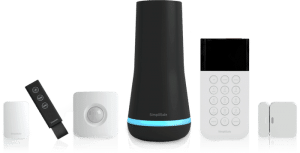
#2
4/5
Ring Alarm
Ring Alarm kits automate your home and keep it safe. You can use it with Alexa to arm your house, along with the usual voice assistant features. You can choose between pro or DIY monitoring. It has water leak sensors, smoke detectors, and other smart home devices.
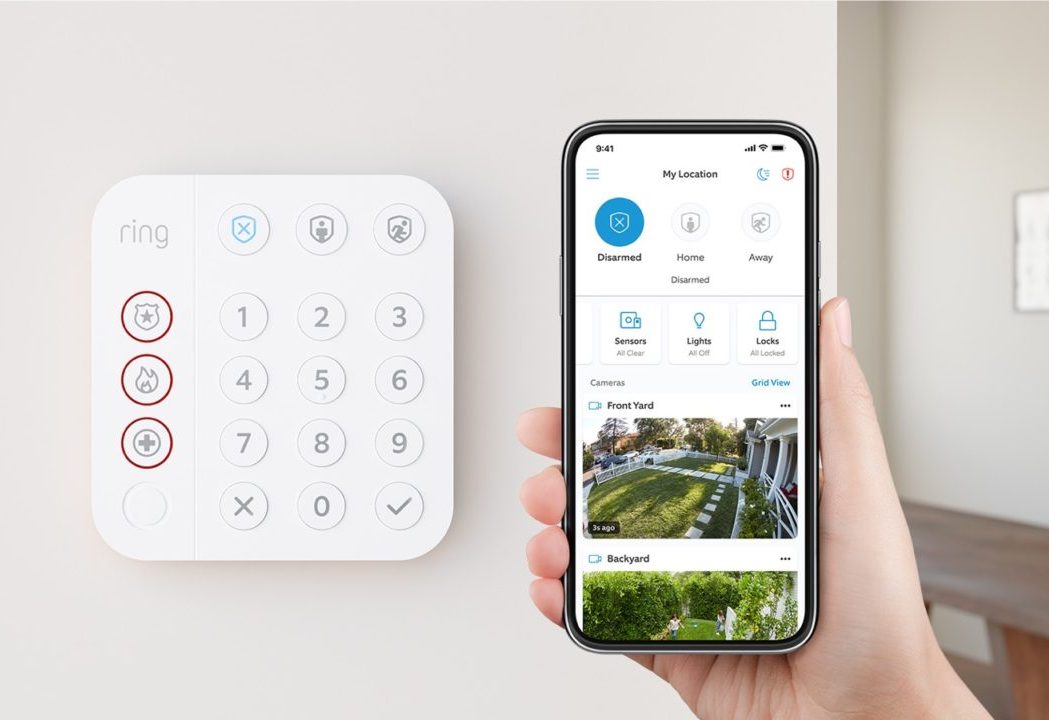
#3
3.5/5
Nest Secure
Nest secure come with DIY options so you can set up the system and monitor it totally by yourself. You could also go pro, with Nest Secure and professional backup assisting you. Emergency monitoring comes with extremely fast response times.
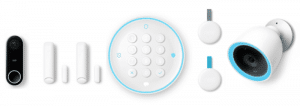
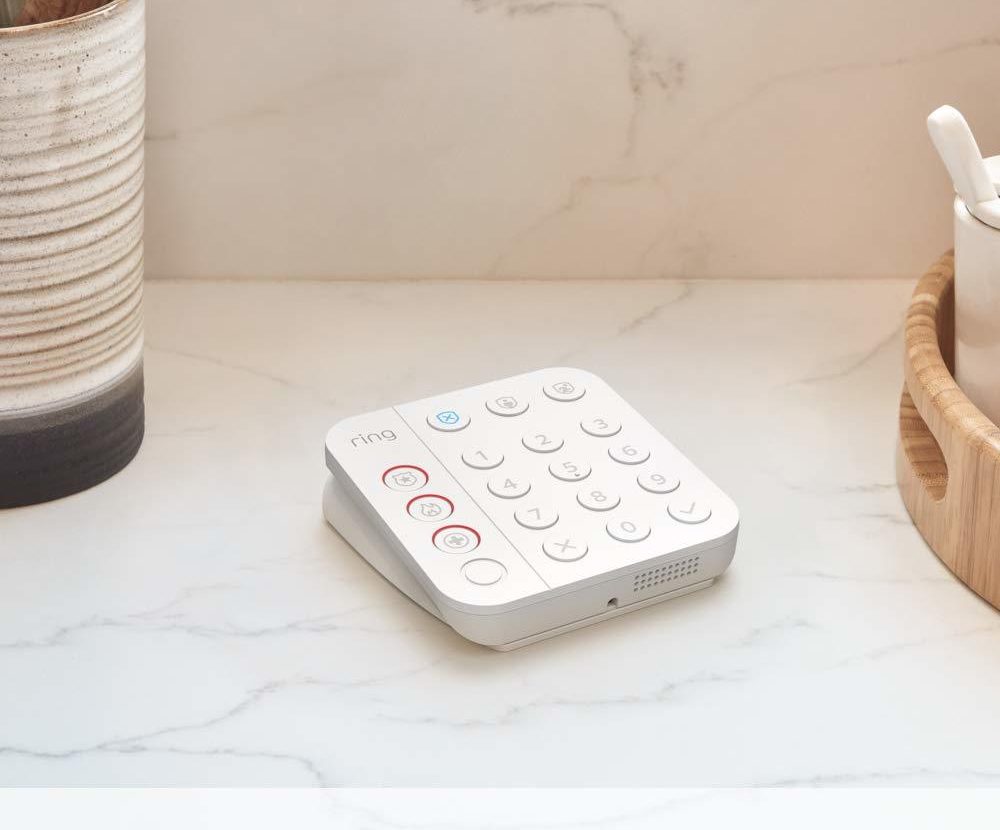
Source: Amazon
Rearrange your house
It is often the simple improvements that are the best. Rearranging your house can make life a lot easier for you, and here's how.
Too much furniture doesn’t just make your house look messy and untidy; it can also create an environment unsafe for the elderly and disabled. Imagine having low coffee tables, stools, lamps all clumped up in your space. These are all accidents just waiting to happen! Don’t worry, because there’s no need to get rid of every piece of furniture. Keep only what you need, so your home’s layout remains simple and efficient.
You can also move your furniture around to remove obstacles. Another thing to work on is eliminating narrow passageways and sharp turns. Wider spaces and fewer barriers make it easier for those with low-mobility to get around. Make items you use daily easier to access and consider installing handrails in key areas.
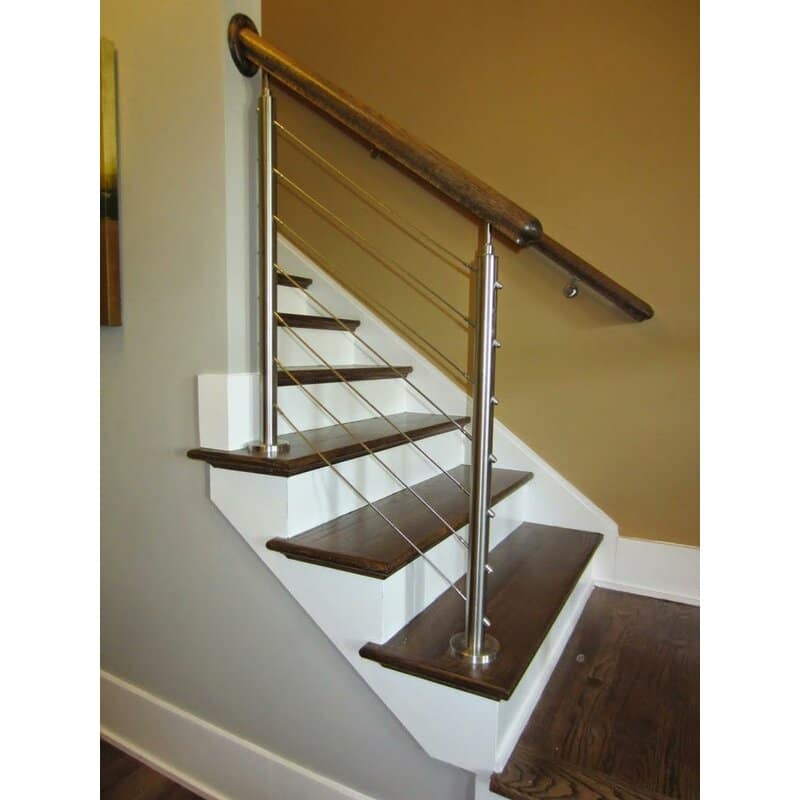
Source: Wayfair
Reduce glare and maximize lighting
Adequate lighting is necessary for us to perform day-to-day tasks. You’d think direct lighting and higher wattage bulbs will be better for those of us with declining vision, but they can cause glare that reduces visibility for some.
It is better to use ambient lighting that is uniformly distributed across the house. Walls should also be painted with light but glare-free colors, while ceilings should be white to better reflect the room’s lighting. You can add more lighting in areas where tasks are often done, such as the kitchen or reading nooks. Lastly, make sure you have light that can dim so you can get a good night’s sleep.
Best Lighting for Declining Vision
Wireless motion sensing lights
Stairs, hallways and rooms will always stay bright without the need to turn them on yourself. These wireless lights will automatically brighten up any dim rooms or areas once it senses someone near, eliminating any trip hazards in the dark.
Ambient Lighting
Consistent, ambient lighting throughout the home lessen contrast and light changes, which could be dangerous or distracting for those with low vision.
Task Lighting
Seniors and disabled may need more light when performing tasks such as reading and crafting. Task lighting provides the necessary illumination to do all of these things comfortably.
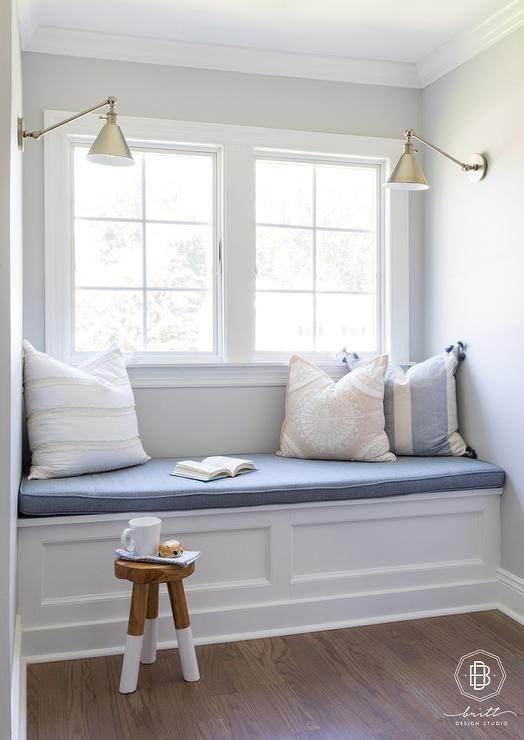
Source: Pinterest - DecorPad
Aging and living with disabilities come with their unique challenges. What matters is we embrace what makes us different and find solutions that help us overcome them. These home improvements could be what you need to live in the best way you can, in a home that will keep you comfortable while remaining as independent as possible.

